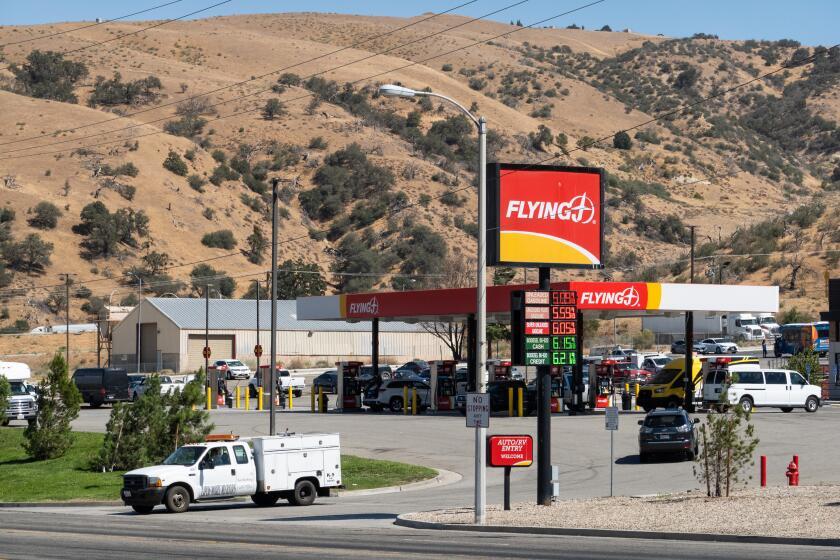Many Agencies Play Role in OKing Wetlands Projects
- Share via
The answer to whether a landowner can build on California’s wetlands is an unequivocal “maybe.” Any development must first win the support of several government agencies.
The Army Corps of Engineers decides whether to grant a permit after receiving advice from the U.S. Environmental Protection Agency and the U.S. Fish and Wildlife Service. Under federal law, the corps is supposed to approve only water-dependent development on wetlands, but in practice it has often rejected the advice of the two agencies and rarely denies a permit.
The California Coastal Commission has veto power over proposals to build on wetlands in the coastal zone, which in urban areas is generally all land within 1,000 yards of the high tide line. The Coastal Act lists “acceptable uses” of wetlands as ports, marinas, piers, mineral extraction, energy production and nature study. Homes and businesses are allowed only on “severely degraded” wetlands as long as 75% are preserved and restored.
The California Department of Fish and Game also must agree. The agency, however, has no veto power; it only negotiates compensation from the developer in the form of newly created wetlands.
An additional permit must be obtained from the U.S. Fish and Wildlife Service if a wetland contains the habitat of endangered species. That includes most coastal salt marshes. Development is usually allowed unless the area is considered vital to a species’ existence.
More to Read
Sign up for Essential California
The most important California stories and recommendations in your inbox every morning.
You may occasionally receive promotional content from the Los Angeles Times.













